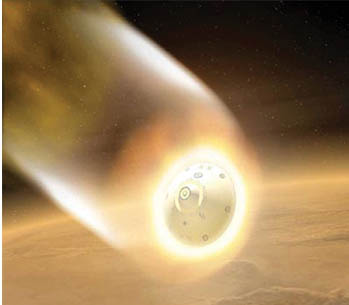
 Copyright © Michael Richmond.
This work is licensed under a Creative Commons License.
Copyright © Michael Richmond.
This work is licensed under a Creative Commons License.
The Genesis Spacecraft spent several years in space, collecting particles of the solar wind, before returning to the Earth.

After it reached the lower portions of the atmosphere, where the air is thick, it was supposed to deploy a parachute and float gently downwards:
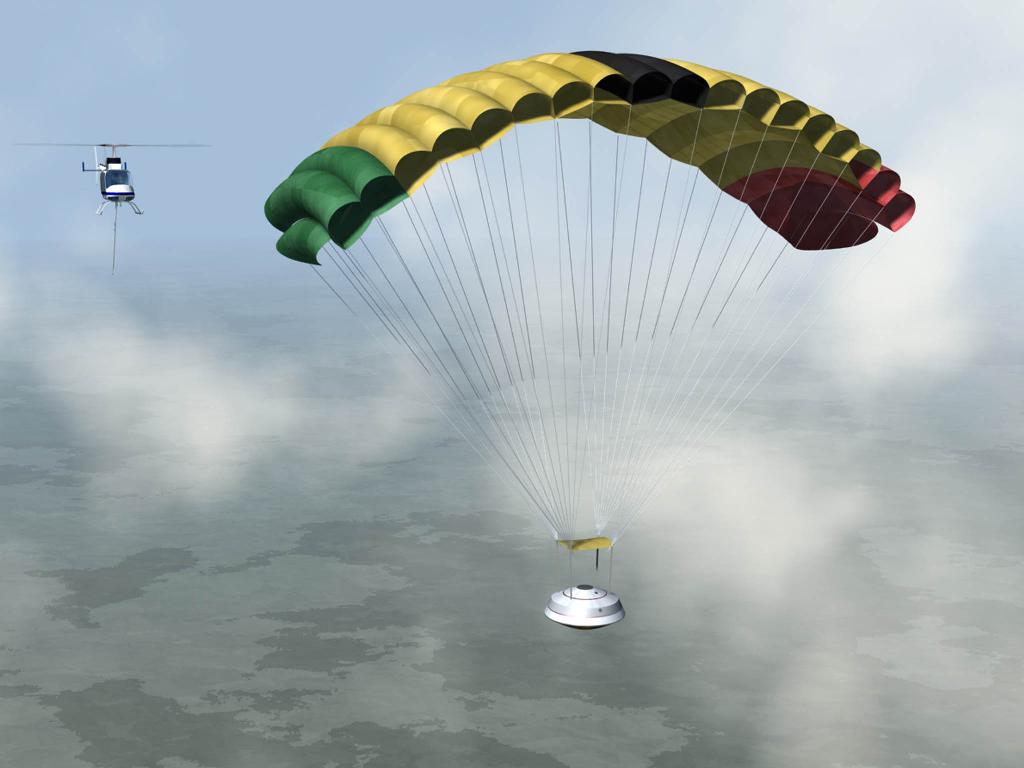
Unfornately, the chute failed to open, and so the spacecraft fell rapidly through the air ....
.... and decelerated VERY sharply when it struck the ground.
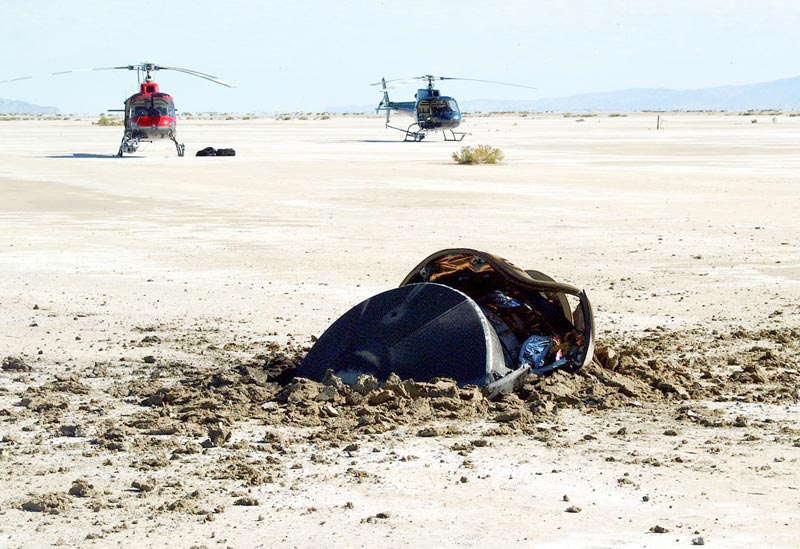
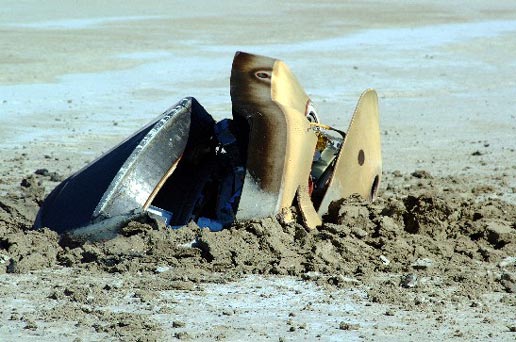
The spacecraft, which has a mass 206 kg, was travelling at about 89 m/s when it struck the ground.
Here's a picture of the wreckage which gives you an idea of its size.
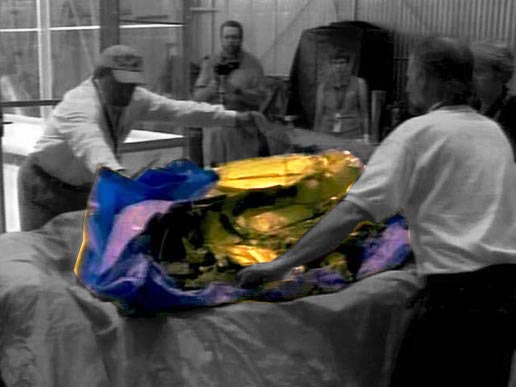
And here are the collecting plates before (left) and after (right) landing.
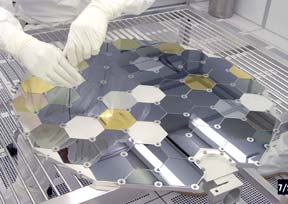
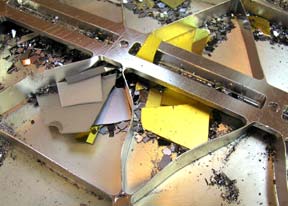
Despite the crash, scientists were able to isolate fragments of the collector plates and analyze the solar wind particles which were still imbedded in them:
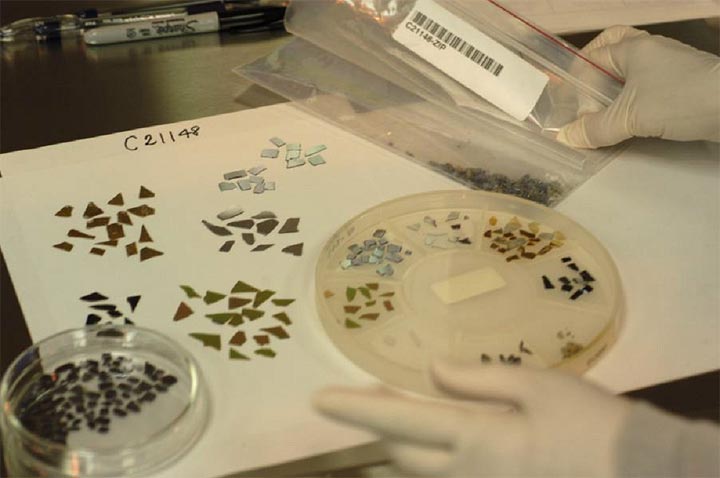
One of the many results published recently solves a puzzle which has existed since Apollo astronauts returned samples of lunar soil.
Many of the lunar sample studies were of the relative amounts of the isotopes of different solar gas elements. Many elements have atoms of different mass. For example, neon has a light isotope (Ne20) and a heavy isotope (Ne22).
One of the major surprises from study of the record of neon from the sun in lunar soil samples was evidence for two solar gas components with distinct isotopic compositions. One has been identified as solar wind, the other as higher-energy solar energetic particles because it was found at greater depths in the mineral grains. But the latter has long been puzzling to scientists because its relative amounts were much too large compared with present-day solar fluxes, suggesting very high solar activity in the past.
...
The researchers conclude that the Apollo solar energetic particles do not exist. Both the Genesis and Apollo isotopic variations can be quantitatively explained by the fact that the Ne22 isotope is implanted deeper than the Ne20 isotope. Moreover, these findings indicate that there is no evidence for enhanced fluxes of high-energy solar particles billions of years ago compared to today.
 Copyright © Michael Richmond.
This work is licensed under a Creative Commons License.
Copyright © Michael Richmond.
This work is licensed under a Creative Commons License.